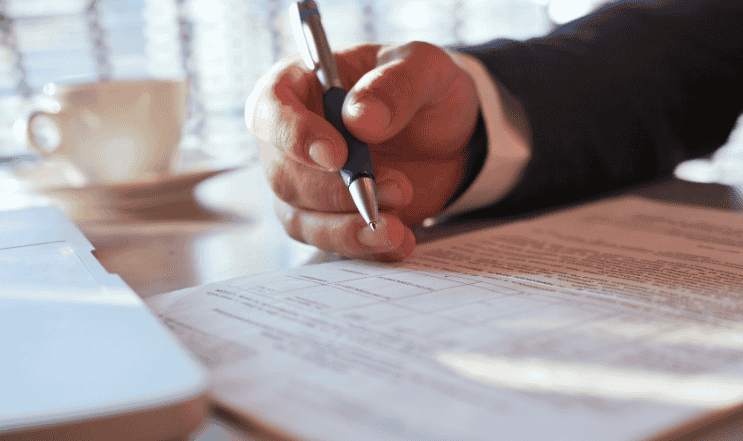
| 

The advancement of the Internet has led to several sophisticated methods of falsifying documentation. Although this may have been successful for criminals during the early days of the Internet, methods have been developed that help businesses and organisations avoid the danger of false documentation.
What Types of Fraudulent Documentation Are There?
To start contending with falsified paperwork, businesses and organizations must know about the different types of document fraud. The following is an overview of the most common.
Image Fraud
Image fraud typically occurs when those being asked for identification use an image instead of the document itself. Most alterations are carried out using image manipulation software, meaning the images can look real to the naked eye.
Illegitimate Documents
Illegitimate documents are created to look like the real thing but will be created similarly to falsified images. There can be some differences that are noticeable, such as missing holograms, but this won’t always be the case.
Modified Documents
Modified documents start life as official paperwork but will have details amended, thus making them illegitimate as with illegitimate documents, there can be signs of tampering, but they won’t always be evident.
Modified documents can be more difficult to spot as they contain official elements, but there are steps that can be taken to ensure that paper work is official.
What Are the Risks of Fraudulent Documentation?
Fraudulent documentation can be used for a series of nefarious reasons, many of which will negatively affect a business. Those using falsified paperwork to apply for a loan will often use the funds without ever making a repayment.
Similarly, businesses offering investment opportunities could be subjected to money laundering. As such, companies and organisations will be keen to instill a reliable form of document verification to avoid the risks.
Given that document fraud costs businesses and organisations approximately £3 million per year, businesses will also want some additional peace of mind that every step is being taken when verifying documents. This is why many people enlist the expertise of an external agency.
Why Use an External Agency for Document Verification?
Even the most skilled individuals can miss small details when checking documents, especially when contending with large volumes of paperwork. Fortunately, there are modern methods of checking documents that can be completed quickly.
Carrying out document checks internally can take several hours and can still leave doubt whether a document is official.
Outsourcing the task to a professional document verification company allows businesses to establish paperwork is genuine within a quick time frame. Furthermore, verification certificates can be viewed online the same day they are requested.


